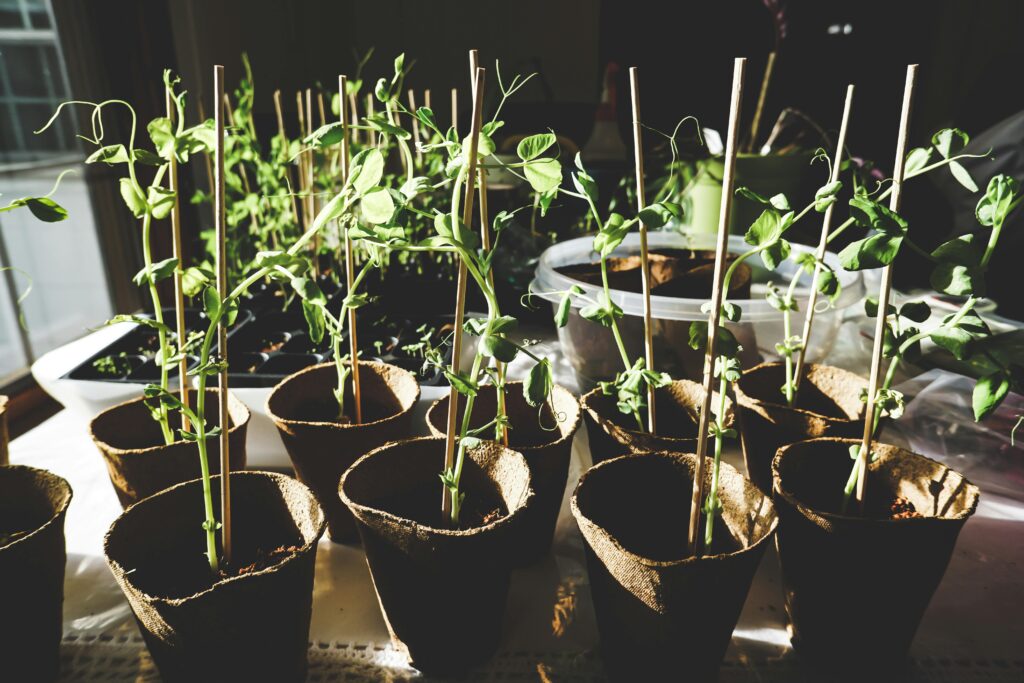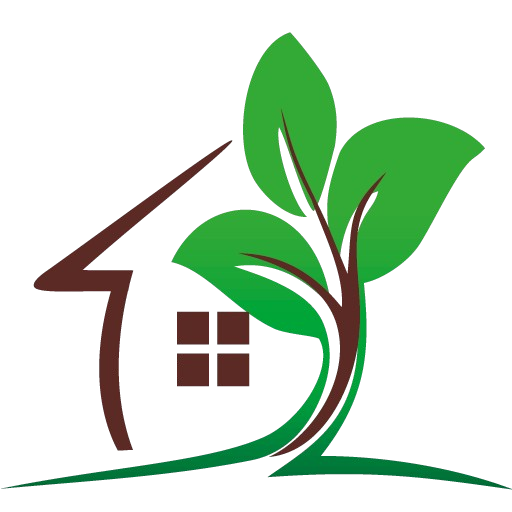To start Indoor gardening in today’s era is more than a hobby as it provides mental peace, and leisure pastime, and also thrives in economic benefits. Indubitably, almost all aesthetics and nature lovers want indoor plantations, however, few know the right strategies and practices.
If you too are looking for Indoor gardening, you are at the right place. In this blog, I will guide you step by step on how to grow an indoor garden.
What is Indoor gardening?
Indoor gardening is the practice of growing plants inside a home or office. It is the best way to bring nature inside the home. Indoor gardening not only provides clean air, alone but also a green space to satisfy our mental health.

Step By Step Guide for the indoor Gardening:
Incorporating the right methods and following the appropriate techniques will make your home gardens grow and bloom. For excellent indoor gardening, therefore, the following steps must be followed wisely.
- Decide where you want to place the plant.
- Choose the plant you want to grow
- Select the pots or planters
- Potting the soil.
- Relationship between soil and fertilizer
- Monitor the plant growth and maintenance
- Harvesting
- Post-Harvesting care
Decide where you want to place the plant
Before going to buy any plant, you should choose where to place your plant or garden. It is a bit tricky because successful indoor gardening has everything to do with placing the right plant in the right location. Some plants need more light, humidity, or temperature, so you should choose carefully.
Choose the plant you want to grow
After carefully analyzing the location or space where you want to place your garden, now you need to choose the plant according to your space and location. Some plants need 5-6 hours of natural light, for example, edible plants such as peppers and microgreens, others need less.
Temperature is the key; make sure that indoor plants have a warm, not hot environment, which depends largely on the availability of lightning.
Plants to grow inside homes are the following:
Herbs
You should grow herbs inside your home if you are a fan of cooking at home. Herbs like Rosemary, Basil, and parsley are some of the examples. It requires an environment that can be provided at home.
Vegetables
If you are a vegetarian, then you definitely need to grow indoor vegetables. Vegetables like tomatoes, green leaf vegetables like spinach, and carrots.
Plants
There are numerous plants to grow indoors like the ZZ plants, spider plants, snake plants, and many more.
Select the pots or planters
Pots are used for indoor gardening and, usually, it has only one plant to grow. Pots are preferred for outside planting and it has the space for multiple plants to grow. While deciding on your pot, you need to look for the following
- Make sure that the size of the pot fits the size of the plant you want to grow.
- Ensure it has an adequate drainage system. If you intend to grow roots, the pot should have depth and hope at the bottom.
- Select the pot according to your lifestyle and indoor décor.
- Also, consider those pots that have built-in drainage systems that absorb water and then provide it when the plant needs water.

Potting the soil
After selecting the pot you need to consider one of the following ways to grow your plant
Hydroponic growing
It is a technique where plants are placed in nutritious water without soil.
Soil-based growing:
It is a technique where plants are placed in soil. There are different types of soil, like clay soil, sandy soil, and loamy soil depending on which plant you want to grow. Make sure you purchase fresh, nutritious soil with adequate soil PH.
Soil-based techniques are preferable in small spaces and it is considered a cheap way to grow plants.
If you grow seeds, it is important to maintain the soil moisture. If you have purchased the pots, then it might have a cover to keep the moisture; but if you have prepared your containers then use plastic bags to cover the moisture till the seed germinates.
Then, as the plant grows, reduce the moisture accordingly. Use a moisture meter to help you know when your plant needs the water.
Relationship between soil and fertilizer
Make sure that your plant has abundant fertilizers. Your plant will need nutrients either macronutrients which include Nitrogen, phosphorus, calcium, potassium, sulfur, carbon, hydrogen, magnesium, and oxygen. Or micronutrients which include Iron, Boron, Chlorine, manganese, and zinc.
You need to purchase a good fertilizer that includes all those nutrients. Usually, liquid fertilizers are preferred because it is easy to mix. The other is slow-release fertilizer which is not used currently.
After applying the fertilizer make sure you check the plant’s growth, if it is growing normally then the amount of fertilizer is good but if the plant’s growth halts, immediately stop the fertilizer.
Composting also provides eco-friendly fertilizer. Max the composted fertilizer and mix it carefully with the soil. Some items can be composed of leaves, twigs, coffee grounds, and vegetable peel. Some items can not be composed like dairy products and plastics.
Monitor the plant growth and maintenance
Maintenance and monitoring the plant growth are necessary. You should maintain the following.
Water
Water is most important in maintaining plant growth. You will need to properly water your plant.
Temperature
For healthy growth, the proper temperature is necessary to maintain. Temperature depends on the plant you want to grow.
Light
The plant will need a sufficient amount of light to prepare food and get energy. So, make sure the light is available for photosynthesis.
Pesticides
Watch out for pests. They disturb the plant growth. Use recommended pesticides to kill the pests.
Harvesting
If you have chosen the edible plant to grow then it’s time to harvest and is ready to use. Harvesting can encourage more growth.
Post-harvesting care
After harvesting you will need to check out the soil and make proper arrangements to fertilize it before gardening other plants. Remove all the remnants of the previous plants and then plant new ones. By this, you can maximize the productivity of your indoor gardening.
FAQs
Will I be careful about the chemical nature of the soil for indoor gardening?
yes, you must check for primary and secondary nutrients in the soil you are intending to do gardening. If they are lacking in your gardening soil, you can fulfill the deficiency by adding the nutrient supplements that are available in the market.
What types of pots should I choose for my indoor gardening?
It depends upon the kinds of plants you want to grow. however, you must choose ones that are excellent in retaining moisture, favorable temperature, and good fertility.
What is the easiest food to grow inside?
Spinach, peppers, cabbages, and red mustard are foods that can easily be grown inside. You can grow some others too depending upon the area you are living in.
Final Thoughts
Indoor gardening is a fun activity. It not only provides you with mental peace and opportunity for leisure time but also with fresh fruits and vegetables. If you have enough space in your home, you must try indoor gardening. Once you practice it, you will love indoor gardening.

Pingback: 7 Methods Of Effective Indoor Gardening - Indoor Planting Guide